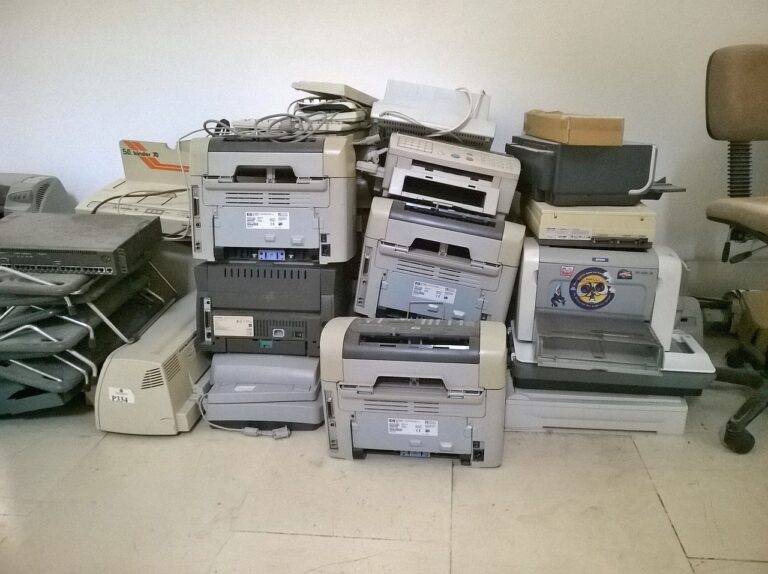The Role of Technology in Reducing Carbon Emissions
In recent years, the issue of carbon emissions and their impact on the environment has become a major concern for governments, businesses, and individuals around the world. The burning of fossil fuels, deforestation, and various other human activities have led to a significant increase in greenhouse gases, which are contributing to global warming and climate change. However, technology is playing a crucial role in addressing this pressing issue by offering innovative solutions to reduce carbon emissions. In this article, we will explore the role of technology in combating climate change and lowering carbon emissions.
Renewable Energy Sources
One of the most effective ways to reduce carbon emissions is by transitioning from fossil fuels to renewable energy sources such as solar, wind, and hydropower. These sources of energy are sustainable, clean, and do not emit carbon dioxide or other harmful gases into the atmosphere. Advancements in technology have made these renewable energy sources more cost-effective and efficient, making them viable alternatives to traditional fossil fuels.
Energy-Efficient Technologies
Another key strategy for reducing carbon emissions is implementing energy-efficient technologies across various sectors. From energy-efficient appliances and LED lighting to smart heating and cooling systems, these technologies help reduce energy consumption and minimize carbon emissions. Businesses and homeowners alike can benefit from these innovations by lowering their carbon footprint and saving money on energy bills.
Electric Vehicles
The transportation sector is a significant contributor to carbon emissions, with vehicles powered by gasoline and diesel engines being a major source of pollution. Electric vehicles (EVs) are a cleaner alternative that produce zero emissions and are powered by electricity, which can be generated from renewable sources. As technology continues to improve, EVs are becoming more affordable and accessible, helping to reduce carbon emissions from the transportation sector.
Carbon Capture and Storage
Carbon capture and storage (CCS) is a technology that captures carbon dioxide emissions from power plants and industrial facilities before they are released into the atmosphere. The captured carbon dioxide is then transported to storage sites, where it is safely stored underground or used for industrial purposes. CCS technology is still in the early stages of development, but it shows promise in reducing carbon emissions from large stationary sources.
Smart Grids and Energy Storage
Smart grids and energy storage technologies are essential for integrating renewable energy sources into the grid and managing electricity demand more efficiently. Smart grids use advanced sensors, meters, and communication technologies to optimize the transmission and distribution of electricity, reducing waste and carbon emissions. Energy storage solutions such as batteries and pumped hydro allow excess energy from renewables to be stored and used when needed, further reducing reliance on fossil fuels.
Green Building Technologies
Green building technologies play a crucial role in reducing carbon emissions from the construction and operation of buildings. From energy-efficient insulation and windows to green roofs and solar panels, these technologies help minimize energy use and emissions in residential and commercial buildings. Building automation systems also help optimize energy consumption and improve indoor air quality, creating healthier and more sustainable environments.
Conclusion
Technology is a powerful tool for addressing the challenges of climate change and reducing carbon emissions. By harnessing the latest innovations in renewable energy, energy efficiency, electric vehicles, carbon capture and storage, smart grids, energy storage, and green building technologies, we can make significant progress towards a more sustainable future. It is essential for governments, businesses, and individuals to invest in these technologies and work together to combat climate change and protect the planet for future generations.
FAQs
What is the main cause of carbon emissions?
The main cause of carbon emissions is the burning of fossil fuels such as coal, oil, and natural gas for energy production, transportation, and industrial processes.
How can technology help reduce carbon emissions?
Technology can help reduce carbon emissions by offering renewable energy sources, energy-efficient technologies, electric vehicles, carbon capture and storage, smart grids, energy storage, and green building technologies.
What are some benefits of reducing carbon emissions?
Reducing carbon emissions can help mitigate climate change, improve air quality, protect natural ecosystems, create green jobs, and enhance energy security.
What role can individuals play in reducing carbon emissions?
Individuals can reduce carbon emissions by using energy-efficient appliances, driving less, carpooling, using public transportation, cycling, walking, supporting renewable energy, and advocating for sustainable practices.
How can businesses contribute to reducing carbon emissions?
Businesses can contribute to reducing carbon emissions by implementing energy-efficient practices, investing in renewable energy, adopting sustainable technologies, reducing waste, and supporting green initiatives.





